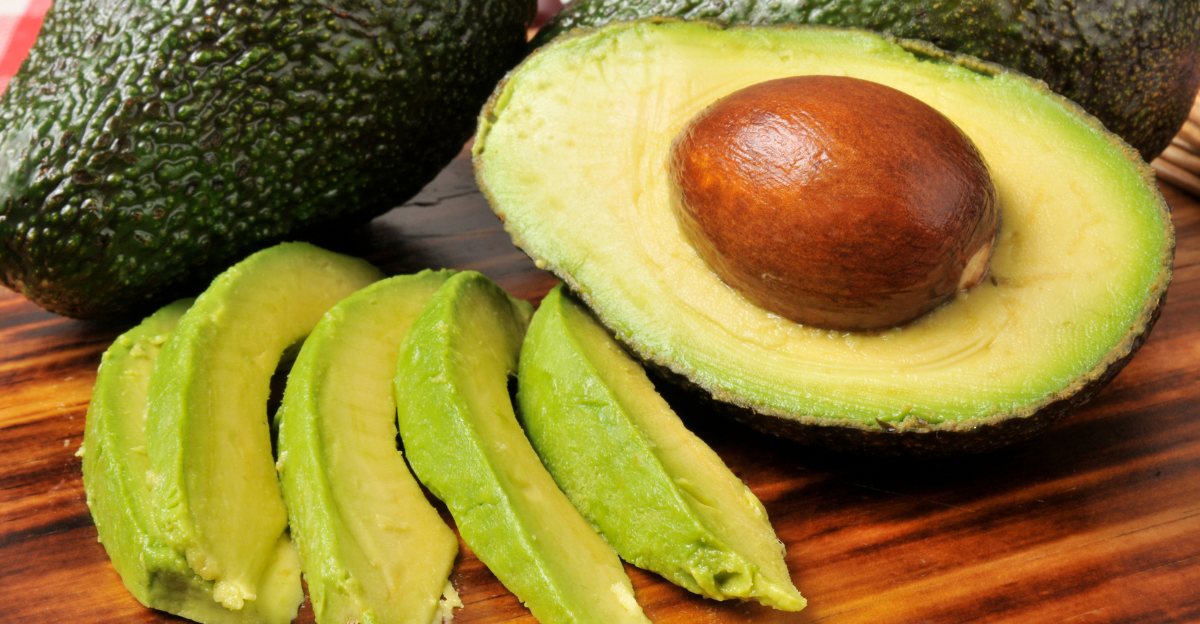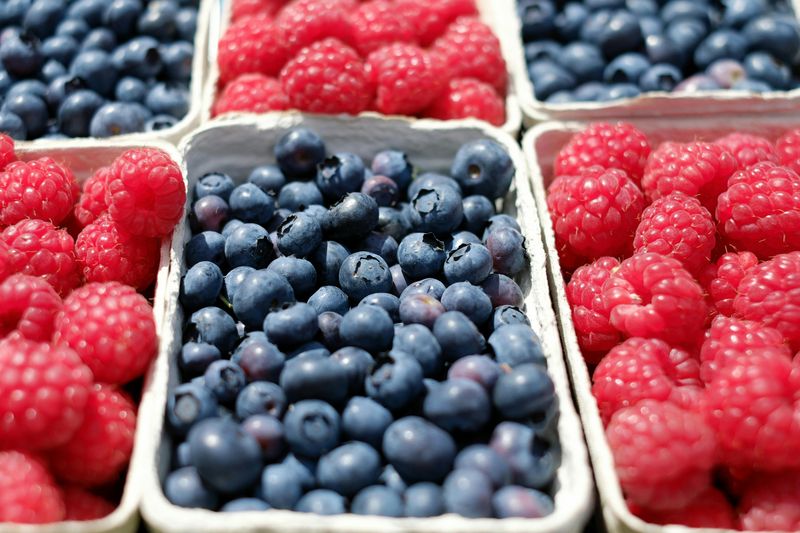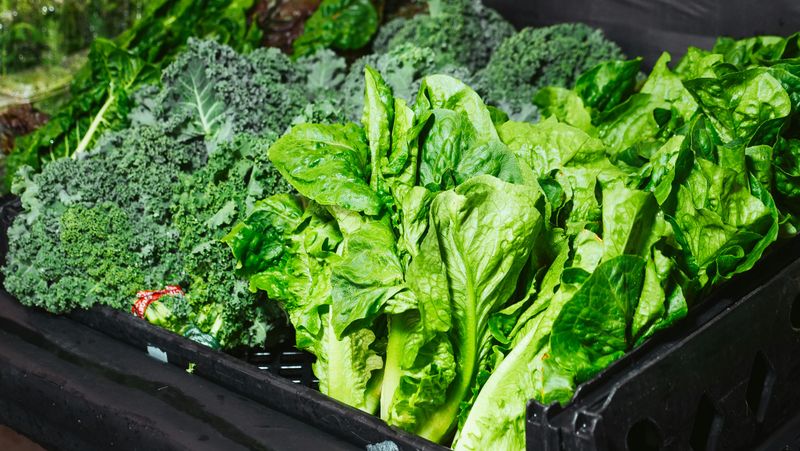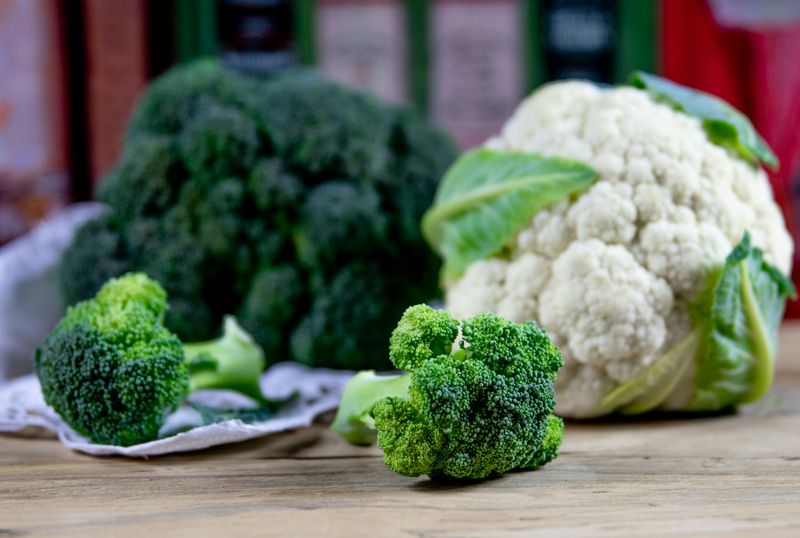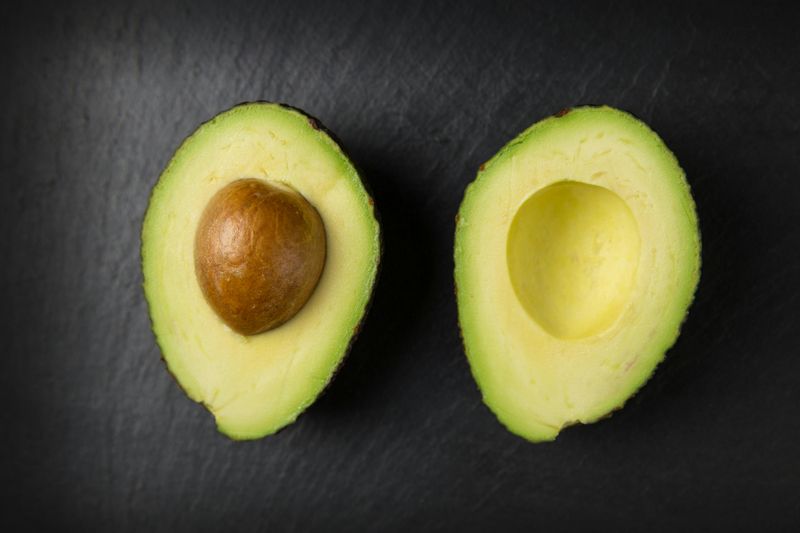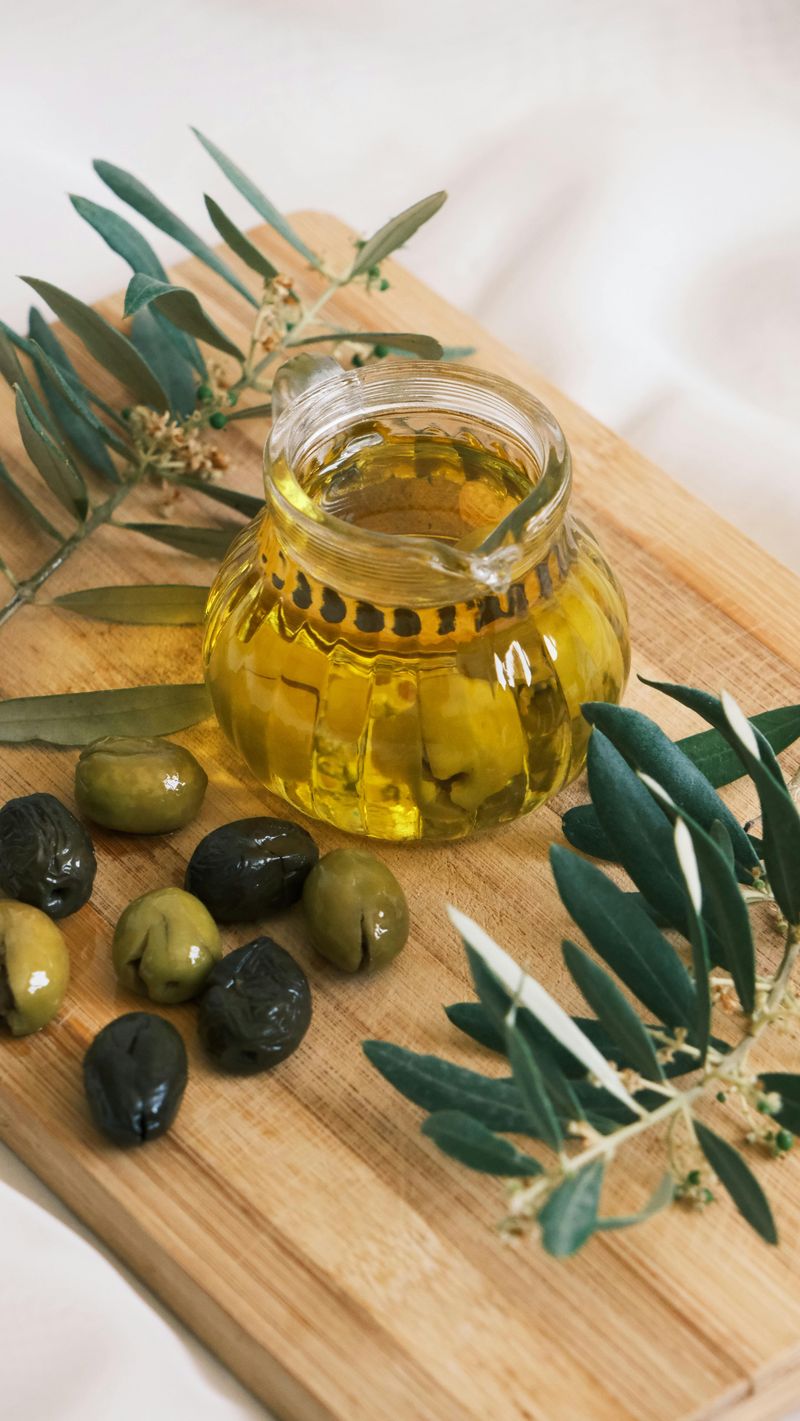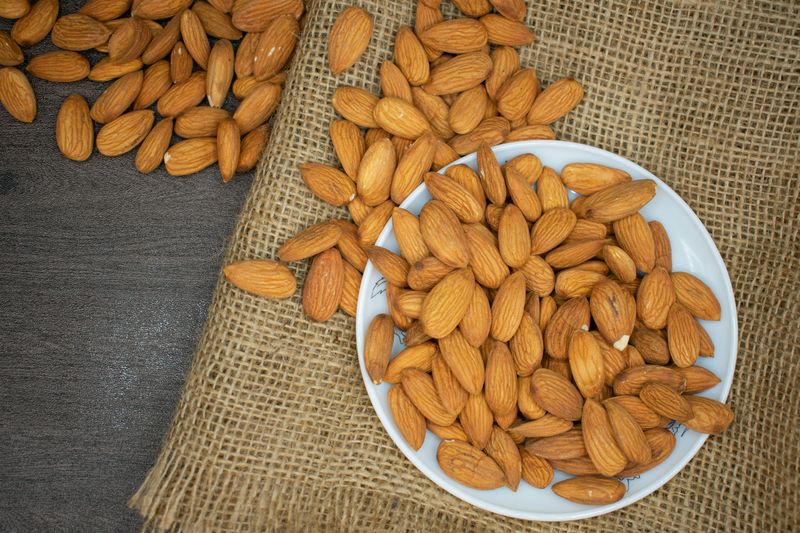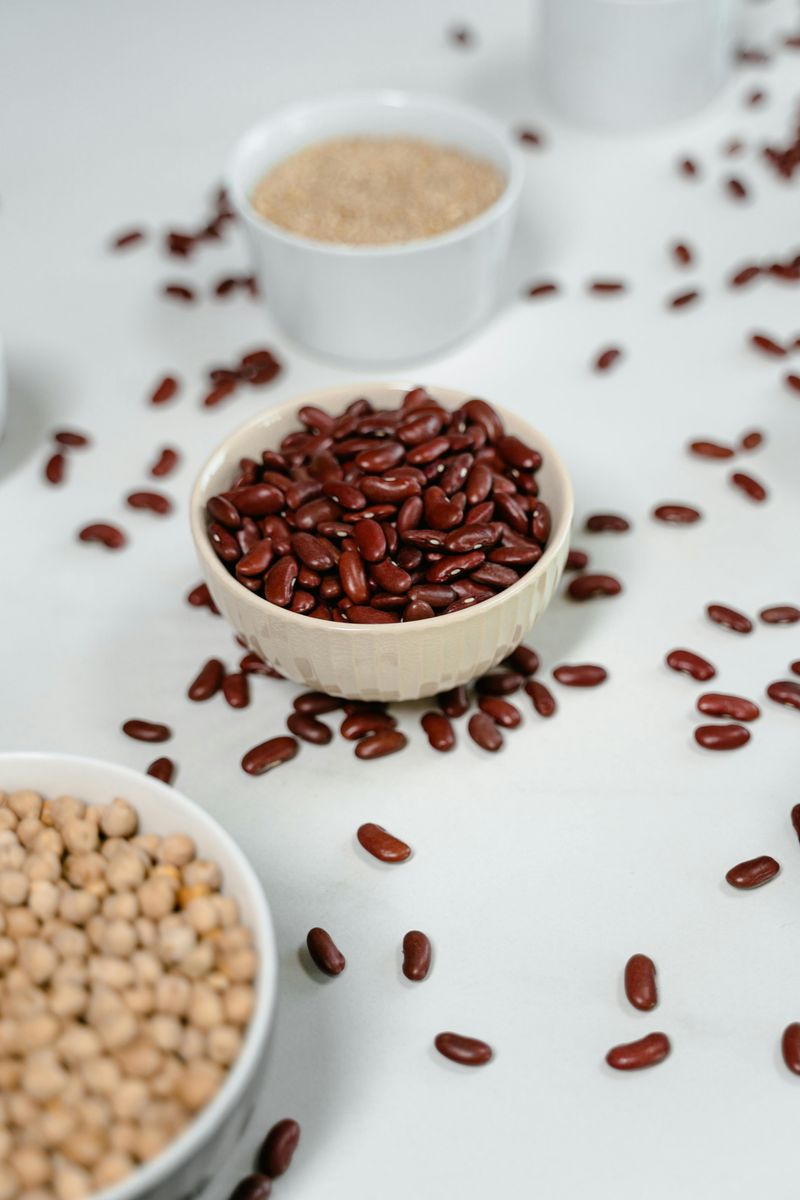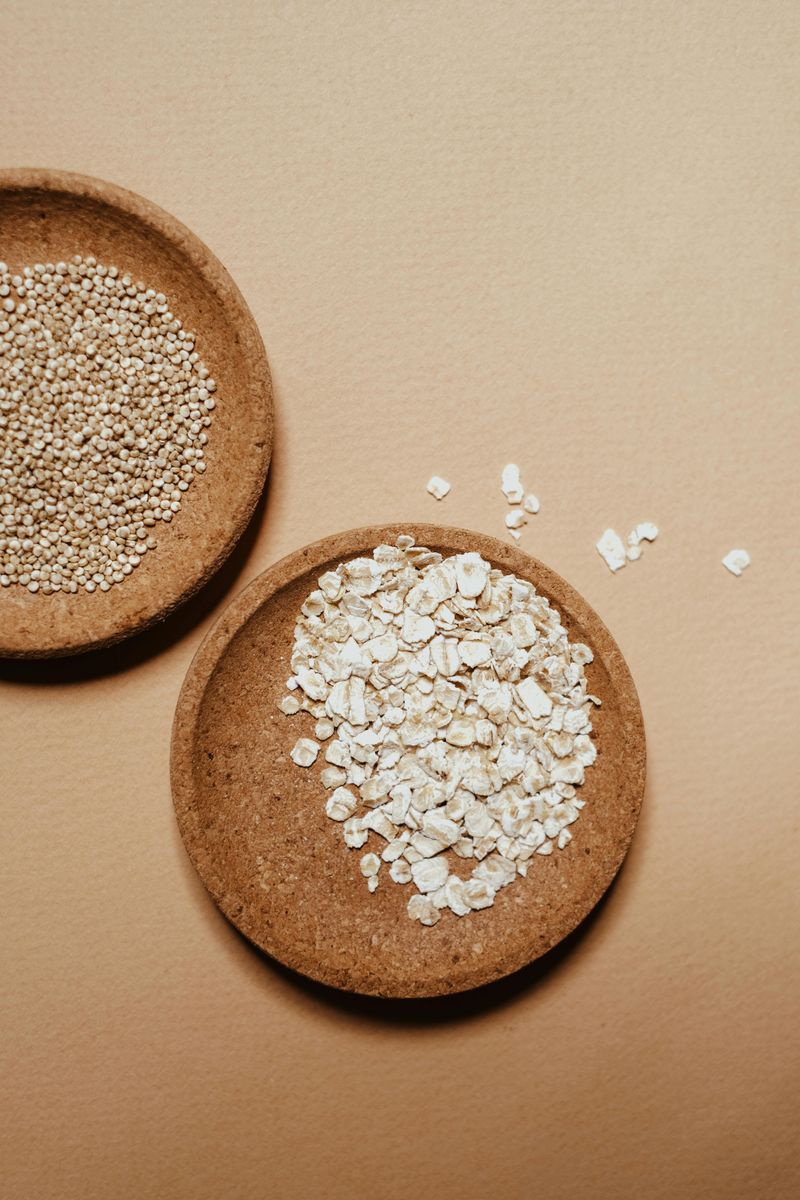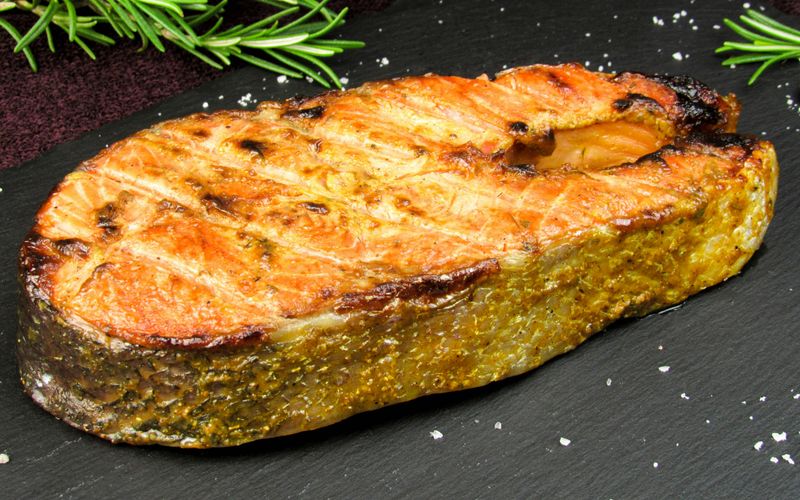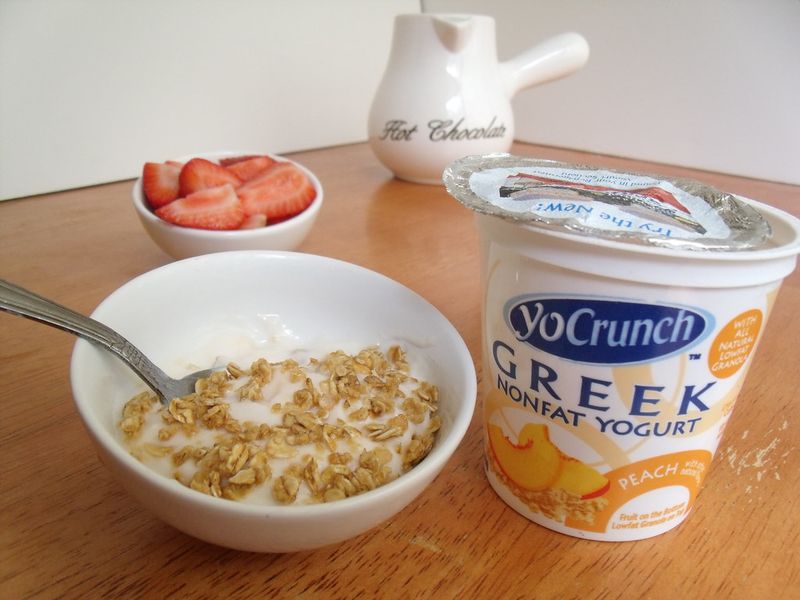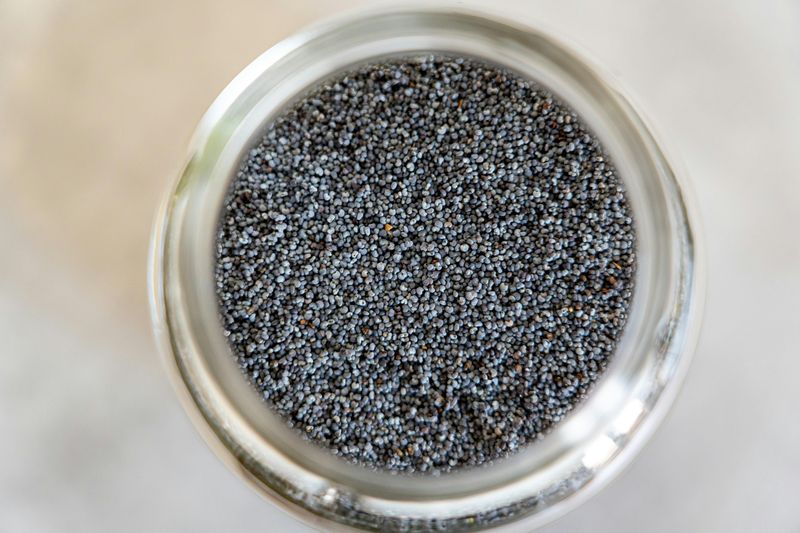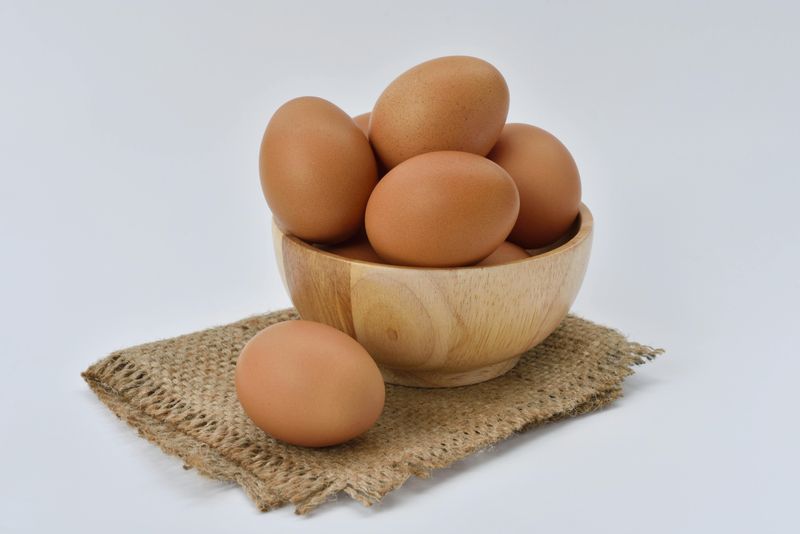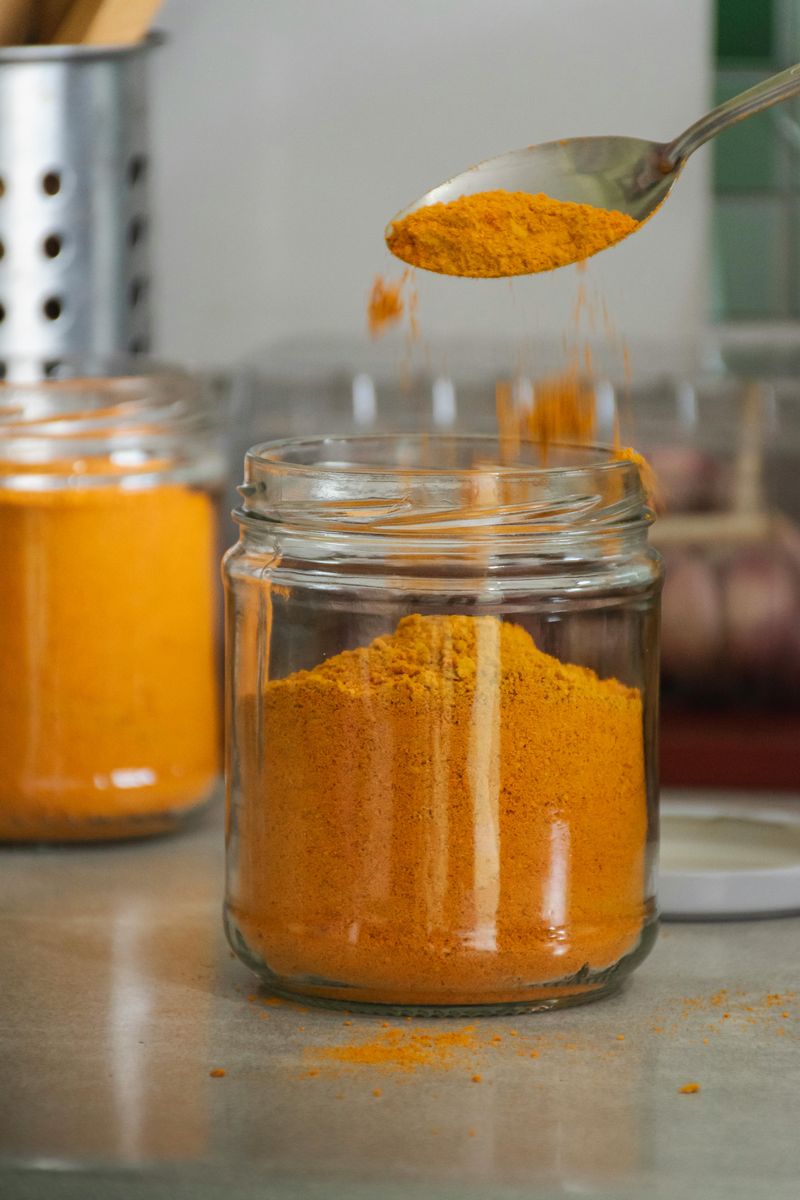Reaching midlife often means paying closer attention to what you eat, but healthy eating doesn’t have to be complicated or boring. The right groceries can make nourishing your body simple, delicious, and even enjoyable. With these thirteen pantry and fridge staples, you’ll find that eating well becomes second nature, helping you feel energized and strong every single day.
1. Berries (Fresh or Frozen)
Nature’s candy comes packed with antioxidants that fight inflammation and support brain health as you age. Blueberries, strawberries, raspberries, and blackberries all deliver powerful nutrients without added sugars or empty calories.
Frozen berries work just as well as fresh ones, making them budget-friendly and available year-round. Toss them into morning smoothies, sprinkle over yogurt, or enjoy them straight from the bowl as a sweet snack. Their natural sweetness satisfies cravings while their fiber keeps you feeling full.
Studies show that regular berry consumption may help protect memory and reduce the risk of heart disease, two major concerns during midlife.
2. Leafy Greens (Spinach, Kale, Swiss Chard)
Powerhouse vegetables like spinach, kale, and Swiss chard contain vitamins A, C, K, and folate that support bone strength and immune function. Dark leafy greens also provide calcium and iron, nutrients that become increasingly important as we get older.
Adding a handful to scrambled eggs, blending into smoothies, or sautéing with garlic creates easy ways to boost your nutrient intake. These versatile greens work in salads, soups, pasta dishes, and even baked goods without overpowering other flavors.
Their low calorie count combined with high nutrient density makes them ideal for maintaining a healthy weight while nourishing your body properly.
3. Cruciferous Vegetables (Broccoli, Cauliflower, Brussels Sprouts)
Members of the cruciferous family contain special compounds called glucosinolates that may help protect against certain cancers and support detoxification. Broccoli, cauliflower, and Brussels sprouts also deliver plenty of fiber to keep your digestive system running smoothly.
Roasting these vegetables with a drizzle of olive oil brings out their natural sweetness and creates delicious caramelized edges. You can also steam them, add to stir-fries, or rice cauliflower as a low-carb alternative to grains.
Their versatility and long shelf life make them practical choices for busy midlife schedules when convenience matters as much as nutrition.
4. Avocados
Creamy avocados provide heart-healthy monounsaturated fats that help reduce bad cholesterol levels and support cardiovascular health. They’re also rich in potassium, which helps regulate blood pressure, a common concern as we age.
Spread mashed avocado on whole-grain toast, slice it into salads, or blend into smoothies for added creaminess and staying power. The healthy fats help your body absorb fat-soluble vitamins from other foods you eat alongside them.
Despite their calorie density, avocados promote satiety and can actually help with weight management by keeping hunger at bay between meals and preventing unhealthy snacking.
5. Olive Oil (Extra Virgin)
Liquid gold from the Mediterranean, extra virgin olive oil stands as one of the healthiest fats you can include in your diet. Rich in polyphenols and oleic acid, it fights inflammation and protects your heart with every drizzle.
Use it for low to medium-heat cooking, drizzle over finished dishes, or whisk into salad dressings for maximum flavor and health benefits. The key is choosing extra virgin varieties, which undergo minimal processing and retain the most beneficial compounds.
Research consistently links olive oil consumption to longer lifespans and reduced rates of chronic diseases, making it an essential midlife staple worth the investment.
6. Nuts (Almonds, Walnuts)
Crunchy and satisfying, nuts like almonds and walnuts deliver protein, healthy fats, and important minerals like magnesium and selenium. Walnuts specifically contain omega-3 fatty acids that support brain function and may help improve mood.
A small handful makes the perfect portable snack that stabilizes blood sugar and prevents energy crashes throughout your busy day. Chop them over oatmeal, toss into salads, or grind into homemade nut butter for endless versatility.
Despite being calorie-dense, studies show that people who regularly eat nuts tend to maintain healthier weights, possibly because nuts increase feelings of fullness and satisfaction after eating.
7. Legumes (Beans, Lentils, Chickpeas)
Budget-friendly and incredibly nutritious, legumes pack both protein and fiber into every serving, making them ideal for plant-based eating or simply stretching your grocery budget. Beans, lentils, and chickpeas also provide iron, folate, and resistant starch that feeds beneficial gut bacteria.
Add them to soups, make veggie burgers, toss into salads, or blend into creamy hummus for snacking. Canned varieties offer convenience, while dried legumes cost even less and store indefinitely in your pantry.
Their slow-digesting carbohydrates provide steady energy without blood sugar spikes, helping you avoid afternoon slumps and maintain stable energy levels throughout the day.
8. Whole Grains (Brown Rice, Quinoa, Oats, Whole-Grain Bread)
Swapping refined grains for whole versions keeps the fiber-rich bran and nutrient-packed germ intact, delivering sustained energy and better blood sugar control. Brown rice, quinoa, oats, and whole-grain bread provide B vitamins that support metabolism and nervous system health.
Start your morning with a bowl of oatmeal, use quinoa as a protein-rich side dish, or choose whole-grain bread for sandwiches. These swaps require minimal effort but make a significant difference in your overall nutrition.
The extra fiber in whole grains supports digestive health and helps lower cholesterol levels, both important factors for reducing heart disease risk during midlife and beyond.
9. Fatty Fish (Salmon, Mackerel)
Swimming with omega-3 fatty acids, salmon and mackerel offer some of the best nutrition the ocean provides for brain and heart health. These essential fats reduce inflammation throughout your body and may help protect against cognitive decline.
Aim for two servings per week by grilling, baking, or pan-searing these flavorful fish with simple seasonings. Wild-caught varieties generally contain fewer contaminants, though farmed options still provide excellent nutritional benefits at lower prices.
Fatty fish also delivers high-quality protein and vitamin D, a nutrient many people become deficient in during midlife, especially those living in northern climates with limited sunlight exposure.
10. Greek Yogurt (or Other High-Protein Yogurt)
Thick, tangy Greek yogurt contains roughly twice the protein of regular yogurt, making it excellent for maintaining muscle mass as metabolism naturally slows with age. The probiotics in yogurt support gut health and may strengthen your immune system.
Enjoy it for breakfast with fruit and nuts, use it as a base for smoothies, or substitute it for sour cream in recipes. Choose plain varieties and add your own fruit to avoid excess added sugars found in flavored versions.
Calcium and vitamin D fortification in many yogurts helps protect bone density, particularly important for women navigating hormonal changes during perimenopause and menopause years.
11. Seeds (Chia, Flax)
Tiny but mighty, chia and flax seeds punch well above their weight in nutritional value, offering omega-3 fats, fiber, and lignans with potential cancer-fighting properties. Just a tablespoon or two adds significant nutrition without changing the taste of your meals.
Sprinkle ground flaxseeds over cereal, stir chia seeds into yogurt, or add either to baked goods for an easy nutrient boost. Flaxseeds need grinding for your body to absorb their nutrients, while chia seeds work whole or ground.
Both seeds create a gel-like consistency when mixed with liquid, making them useful for thickening smoothies or creating healthy puddings that satisfy sweet cravings naturally.
12. Eggs
One of nature’s most complete foods, eggs provide all nine essential amino acids your body needs for tissue repair and hormone production. The yolks contain choline, important for brain health and often lacking in typical diets.
Scramble them for breakfast, hard-boil for portable snacks, or use in baking and cooking throughout the week. Contrary to outdated advice, research now shows that eggs don’t negatively impact cholesterol levels for most people.
Affordable and incredibly versatile, eggs offer high-quality protein that helps preserve lean muscle mass, which naturally declines with age unless you actively work to maintain it through proper nutrition and exercise.
13. Turmeric (or Other Antioxidant Spices)
Golden turmeric contains curcumin, a powerful anti-inflammatory compound that may ease joint pain and support overall wellness as your body faces age-related inflammation. Other antioxidant-rich spices like cinnamon, ginger, and cayenne offer similar protective benefits.
Add turmeric to scrambled eggs, smoothies, soups, or rice dishes for an earthy flavor and health boost. Combining it with black pepper increases curcumin absorption significantly, maximizing its beneficial effects.
Spices provide an easy way to add variety and health benefits to everyday meals without extra calories, sodium, or complicated preparation, making them perfect for simple, health-focused midlife cooking.
